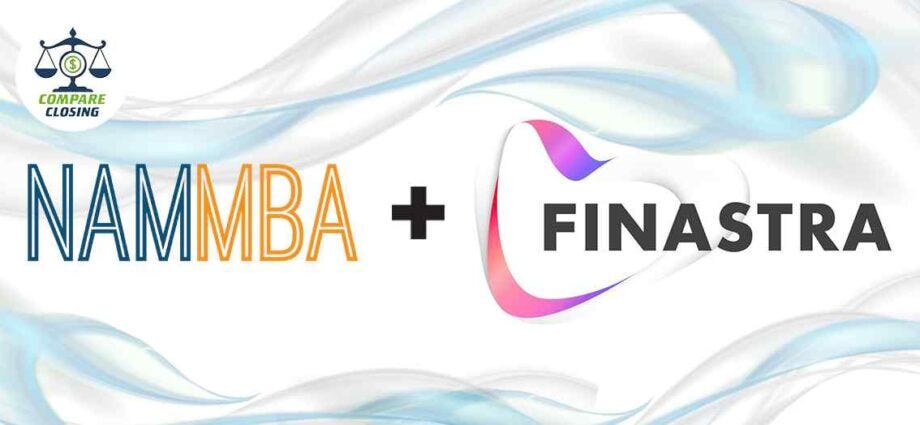
To identify and eliminate bias in lending and to develop a more diverse mortgage workforce using technology the National Association of Minority Mortgage Bankers of America (NAMMBA) has collaborated with fintech company Finastra.
As Finastra is partnering with NAMMBA, it will have access to a varied talent pool of the association’s members. Finastrawill works with NAMMBA and supports sustainable homeownership in communities across the United States of America by providing training, education, and career development resources.
With this, they will support the NAMMBA’s efforts in enriching and improving the situations of women and minorities working in the housing industry.
Puja Agrawal, chief operating officer of Americas for Finastra said, Finastra with its technology wants to tackle significant challenges around financial inclusion, fairness in financial decisions, and support for individuals and communities.
While partnering with NAMMBA in its mission to support women and minorities in the real estate finance industry, they intend to bring greater opportunities for all on the path to homeownership.
NAMMBA founder and CEO Tony Thompson said that they too are excited to forge a long-term partnership with Finastra and welcome their support in pursuing NAMMBA’s vision for the mortgage space.
He added that in the next five years, NAMMBA will expand its mission to cultivate diversity and inclusion in other areas of financial services, like retail banking and wealth management.
Finastra is the largest pure-play software vendor serving the entire financial services industry, and their partnership will help NAMMBA achieve this goal said, Thompson.
Reference Source: MPA Mag
Comments
Post a Comment